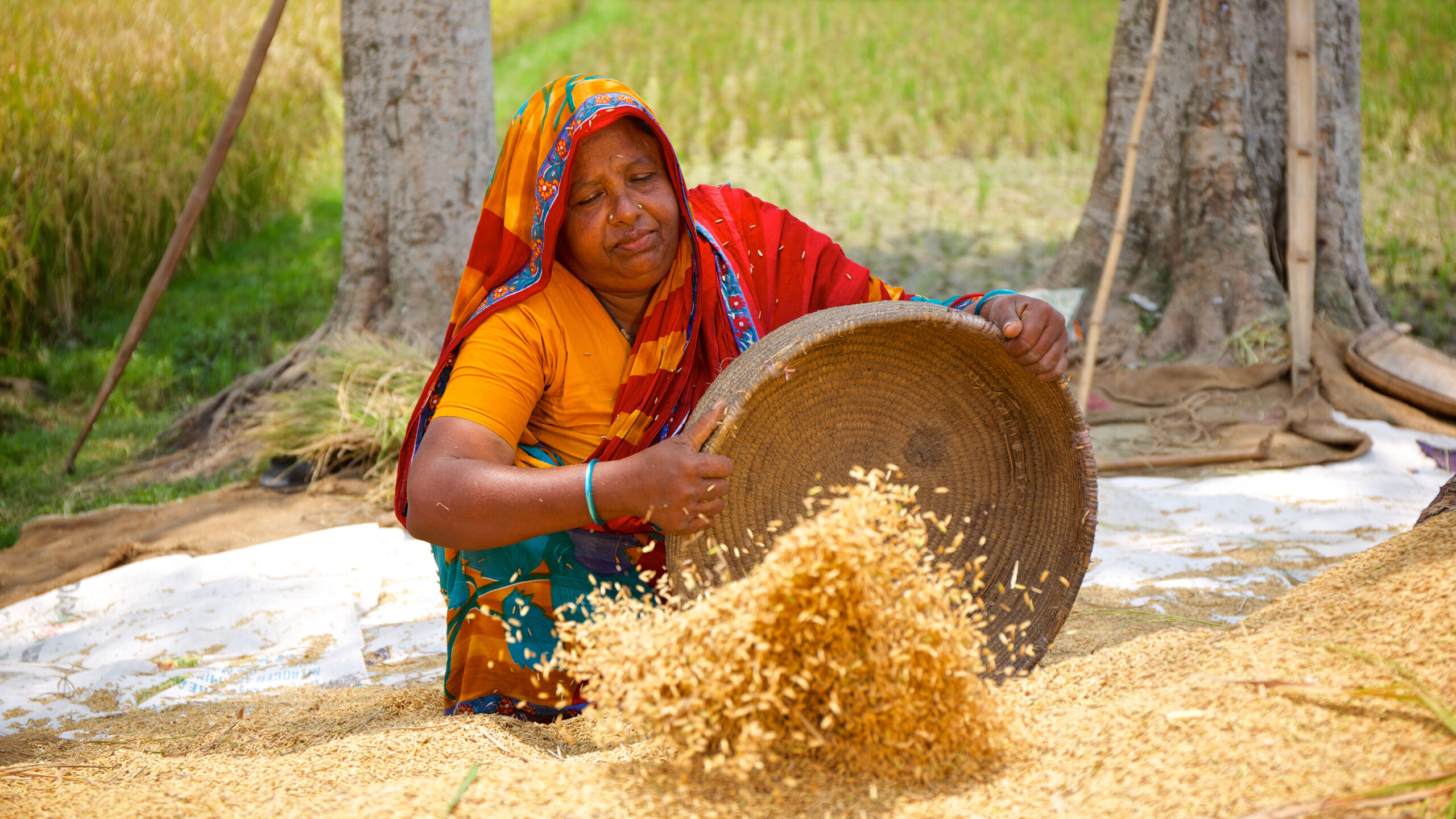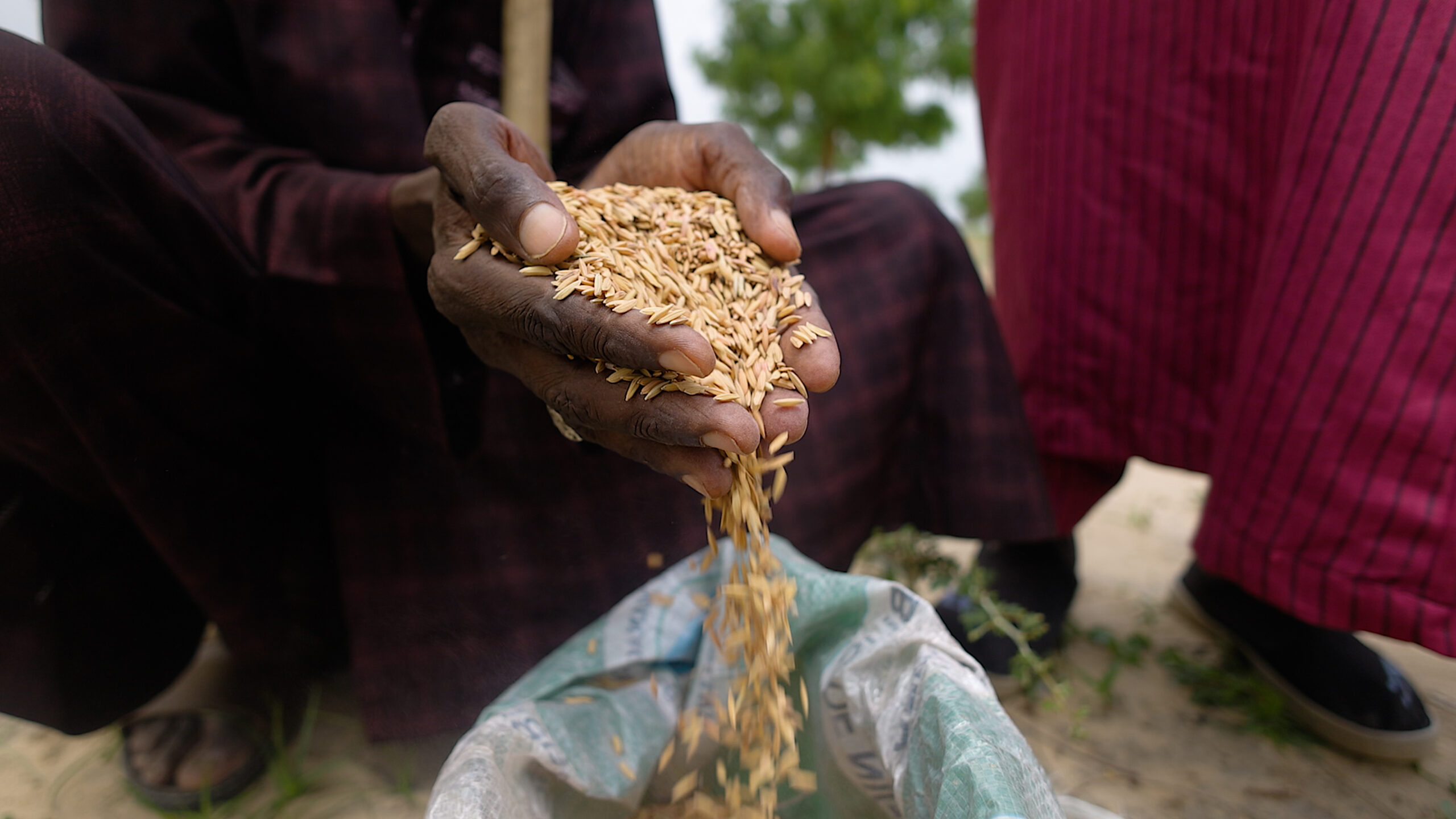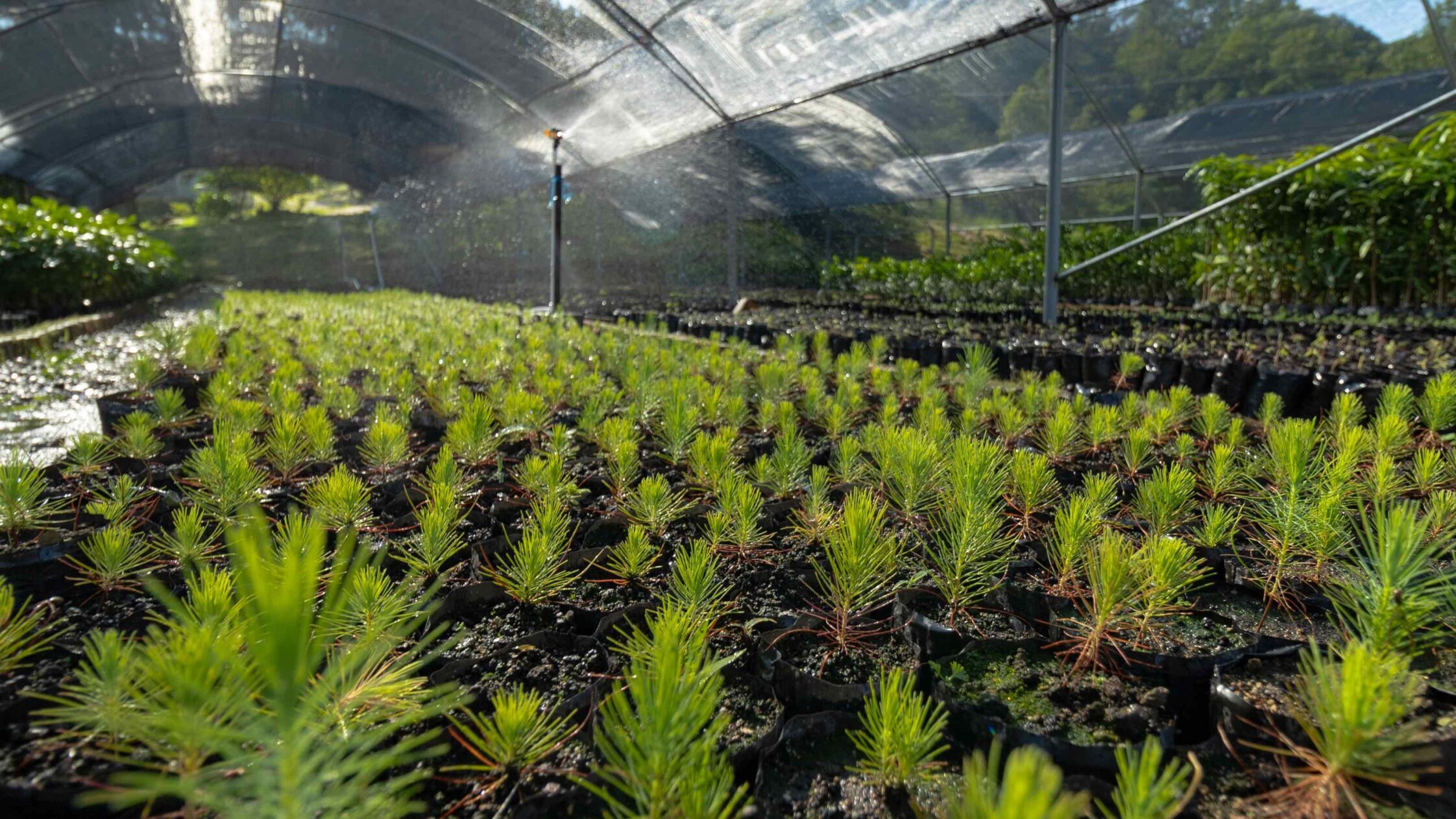The role of bioenergy in a green economy, a subject of heated debate and concern among members of the international community, will be a topic of discussion at the Rio+20 negotiations. As IFPRI’s Global Food Policy Report reveals, biofuels were once viewed as a means to reduce dependence on fossil fuels, whose carbon emissions contribute to climate change. Now, however, it appears that some biofuels have a damaging effect on the environment—and large impacts on agricultural markets.
Nonetheless, the challenge of reducing carbon emissions in the developed and developing world requires that bioenergy—in some form—becomes part of the renewable energy mix. Indeed, biofuels and other forms of bioenergy are among the only viable alternatives to harmful fossil-based fuels, especially in the transportation sector.
Biofuels can help reduce carbon emissions in every sector and region. In developing countries, for example, encouraging the rural poor to use biofuel instead of firewood, charcoal, and other crude energy forms for everyday domestic needs could be an effective way to reduce carbon emissions and the destruction of forests. Given the significant amount of time spent in collecting fuel for the household, there is also an important gender dimension to the use of biofuels in rural areas of developing countries that needs to be accounted for.
Because not all forms of bioenergy reduce carbon emissions—the emissions that contribute to climate change— it is essential to promote the most environmentally sound biofuels in production. The most promising of these, made from nonfood sources, are considered the next generation of biofuels, differing from their first generation counterparts that are derived from food crops. These newer biofuels don’t directly compete for land with food crops and avoid potential food security problems.
Efforts are already underway to craft biofuel policies that take the environmental implications of biofuels into account. IFPRI research has assessed policies by the European Union (EU) and the state of California to promote environmentally sound biofuels production.
The EU’s Renewable Energy Directive calls for a 10 percent increase in the use of renewable energy in road transport by 2020. Though it establishes environmental sustainability criteria for biofuels consumed in the EU, in order to meet this directive, it will likely require the use of biofuels made from feedstocks found in the tropics, such as palm oil, which have potential food uses and tend to expand into forested areas. Even though rapeseed, also a potential fuel source is widely grown within the EU region, the productivity of tropical palm oil is much higher, which makes its cost relatively low.
California’s Low Carbon Fuel Standard (LCFS) similarly incentivizes carbon reduction through the promotion of biofuels. A recent study looks at the environmental implications of expanding this program on a national scale to supplement the current Renewable Fuel Standard (RFS) policy. It reveals that adding an LCFS to the existing RFS policy in the US will significantly reduce the volume of ethanol produced from maize and lead to less land use change internationally through indirect effects. Reducing the volume of maize used for biofuels also reduces upward pressure on grain prices (for feed and food) and makes more maize available for export to the world market. This illustrates why such a change to US policy can be important for other countries around the world that are consumers of internationally traded grains like maize.
One of the largest concerns about biofuel policies in the developed and developing world is their direct and indirect impact on land use change. Land use change occurs when farmers replace one crop with another on the same area of cultivated land (such as replacing a crop used for food and feed with a biofuel crop), or when they expand the area under cultivation in order to accommodate a new crop, and thereby convert natural land to cropland (or use land that was previously fallow or idle). Switching crops on the same land has the least environmental impact, while converting natural land to cultivation results in the biggest release of carbon. Recultivating fallowed land lies in between in terms of its environmental effects, because the land was already cleared of its natural cover, but is releasing more carbon from the soil under production compared to its fallow state. One of the indirect impacts of biofuel policies currently in place is carbon “leakage”, which occurs when one country’s strict carbon emissions policies leads to an increase in emissions in another country. Efforts have been made by IFPRI researchers and others to measure these indirect impacts, but uncertainty about the magnitude and transmission pathways of indirect impacts remains.
Rio+20 negotiators will likely determine that bioenergy has a place in the biobased economy of the future. But they must keep in mind that careful design and deliberate effort are needed to create a green economy that integrates green bioenergy. To do so, they should support the production of those biofuels that actually reduce overall carbon emissions. The decreased used of maize ethanol in favor of sugar-based or next-generation ethanol within the US, for example, would have positive effects on the world food situation by freeing up more maize for export to the rest of the world, bringing down its price on world markets, and thereby increasing its access for food and feed consumption.
IFPRI research provides evidence that bioenergy needs to be part of any future strategy to stabilize climate change, but smarter energy policies than those that are already in place are needed for it to happen.







